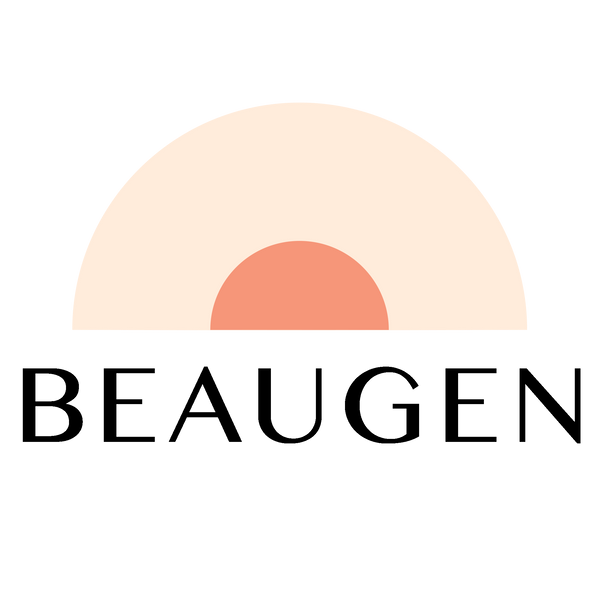What are BeauGen cushions made of?
All the Right Stuff and Nothing Else
When it comes to personal products like Breast Pump Cushions, what goes into them matters. At BeauGen, we only make products that we would use ourselves, and feel comfortable sharing with our closest friends and family. We've worked closely with both our raw materials supplier and manufacturer to make sure that we are providing the absolute best product and experience possible.
This means that we have taken great care to avoid irritants, allergens, and fillers. Our cushions are designed to help protect your sensitive skin and give it room to heal.
The materials used in BeauGen Breast Pump Cushions meet the following regulations/approvals:
- EN71-3 (EU Toy Safety Chemical requirement)
- US CFR 21 FDA (US Food & Drug Administration compliance)
- Regulation (EU) No 10/2011 (Food Contact Plastics Regulation for plastic materials and articles intended to come into contact with food)
- USA – Indirect food contact, Code of Federal Regulations, Title 21 (21 CFR) - specifically 21 CFR 178.2010 for use in polyolefines; 21 CFR 174 – 184; and/or have a Food Contact Notification
According to our raw materials supplier, they intentionally add a medical white oil (CAS No 8042-47-5) which is classified in the:
- United States Pharacopeia (USP 25);
- United States Code of Federal Regulations, Title 21 (US 21 CFR) §178.3620(a) As ”White Mineral Oil” and also mentioned in §172.878: Food additives permitted for direct addition to food for human consumption
According to our raw materials supplier, they intentionally do not use the below listed substances in our compound:
- 1,4-dioxane and methylated surfactants
- BPA (bisphenol-A), (CAS No 80-05-7)
- BPS (bisphenol-S), (CAS No 80-09-1)
- DEA (Diethanolamine)
- DMDM Hydantoin, (CAS No 6440-58-0)
- FD&C color pigments
- Imidazolidinyl Urea
- MEA (Monoethanolamine)
- Nitrosamines
- Parabens (para-hydoxybenzoates)
- Petrolatum, also known as Petrolum Jelly, (CAS No 8009-03-8)
- Phthalates
- BBP – Benzyl butyl phthalate
- DBP – Di-n-butyl phthalate
- DEHP – Diethylhexyl phthalate
- DIDP – Diisodecyl phthalate
- DINP – Diisononyl phthalate
- DNOP – Di-n-octyl phthalate
- Polyethylene glycol
- Propylene glycol
- PVC (polyvinyl chloride)
- Sodium laurel sulfate, a.k.a. Sodium Lauryl Sulfate, (CAS No 151-21-3)
- TEA (Triethanolamine)
- Tricoslan, a.k.a. Triclosan, (CAS No 3380-34-5)
- Quaternium-15

